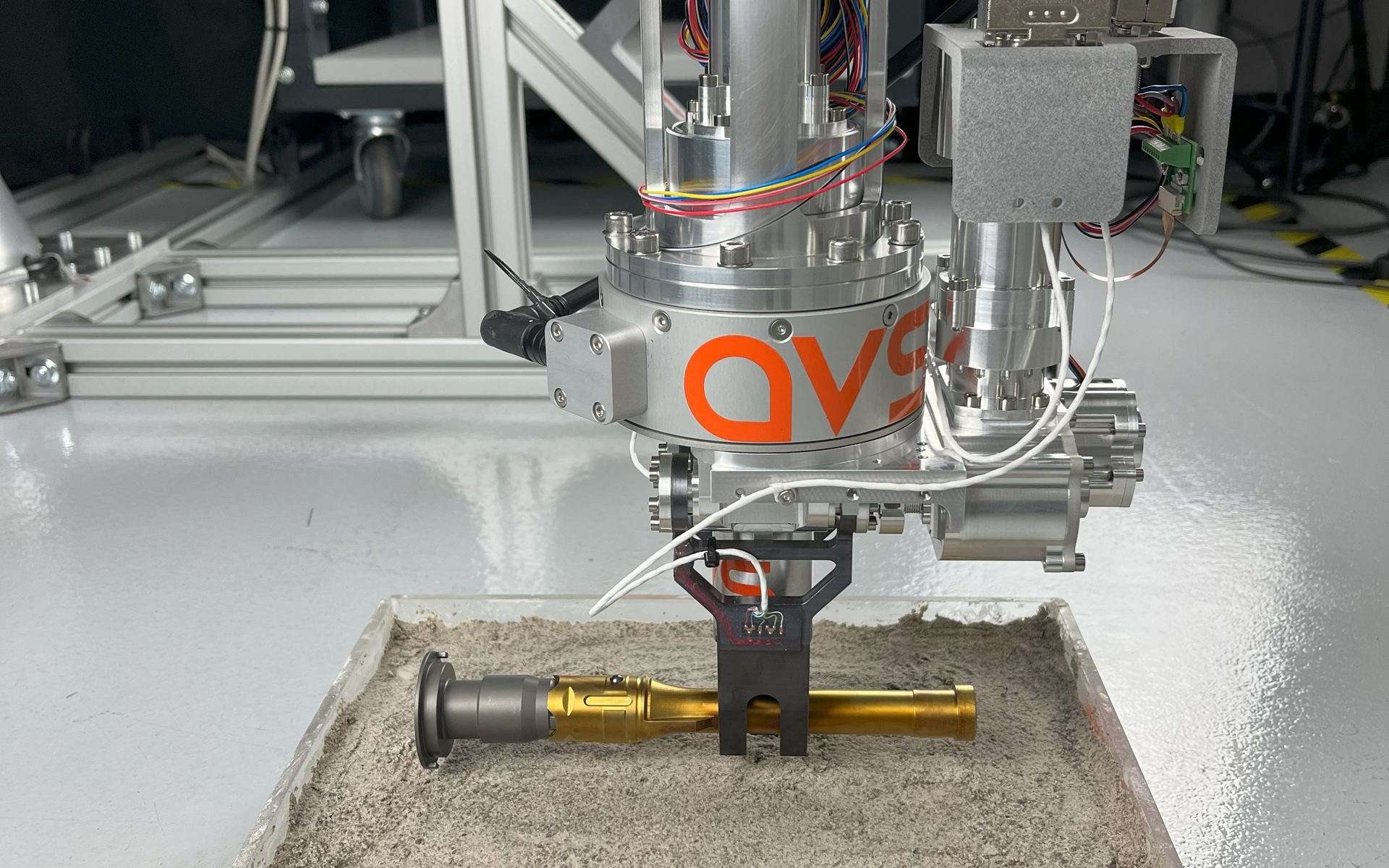As if the Mars Perseverance Rover and Ingenuity Drone were not exciting enough then the next step in this audacious mission takes it to a whole new level. Mars Sample Return Mission is to follow along, collect and return the samples collected by Perseverance back to Earth. However the status of Mars Sample Return is uncertain as engineers are still working on technology to retrieve the samples. The current challenge is the gripper arm that will collect the samples and stow them safely and securely before transportation without damaging them.
Mars, known as the “Red Planet,” is the fourth planet from the Sun. It’s named after the Roman god of war and has fascinated humans for centuries. The distinctive rusty-red colour and mysterious terrain has over the years, led many to believe Mars was inhabited by aliens. Exploration has shown us though that Mars is a barren landscape that is home to Olympus Mons, the largest volcano, and Valles Marineris, the deepest canyon, in the solar system.

Viking 1 was the first spacecraft to visit Mars, successfully touching down on 20 July 1976 in the Chryse Planitia region. It comprised an orbiter and lander both of which were equipped with high resolution cameras to undertake a detailed examination of the Martian surface and atmosphere. A host of other spacecraft have visited Mars since then, most recently the Perseverance rover which carried with it the Ingenuity aircraft.
One of the mission objectives of Perseverance was to collect samples from Martian rocks and soil using the onboard drill. The samples were collected during a process known as ‘sample caching’ and then stored in tubes before being deposited on the surface for later collection. It’s a procedure that has never been undertaken before but set the foundations for future missions to collect and transport the samples back to Earth. Perseverance has been busy, there are now 23 titanium tubes sat on the Martian surface just waiting to be delivered back to Earth.

Enter Mars Sample Return mission, a joint NASA and ESA project that is planned to collect the tubes and bring them home for study. Engineers are now working on a prototype robotic arm that will collect the tubes from the surface. It uses a grip with two ‘fingers’ to pickup the hermetically sealed tubes from various angles and positions. There is a mechanism that ensures enough grip to pickup but not damage the tube or its contents which are Martian samples about the size of a piece of classroom chalk. It can even collect them direct from the rover itself.
As with all space missions, backup plans must always be considered. In the case of the the Sample Return mission the backup is likely to be two helicopters based on the Ingenuity design that can collect the tubes and deposit them in front of the lander for collection. An audacious mission perhaps but we will have to wait until 2028 to see the lander on Mars and until 2033 for the samples to be returned to Earth.
Source : Grip on Mars

